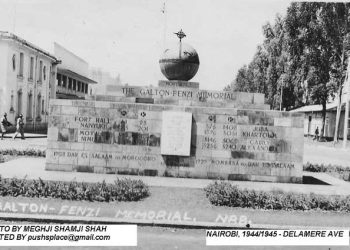The Holy Roman Empire was a multi-ethnic complex of territories in central Europe, characterized by a decentralized, limited elective monarchy. It existed from the Early Middle Ages until 1806 and was governed by the Holy Roman Emperor, an elected position held by the Habsburg dynasty from 1438 to 1740 and again from 1745 until its dissolution. The empire comprised hundreds of sub-units, including principalities, duchies, counties, and free imperial cities, each with significant autonomy. The emperor’s power was limited, and local rulers retained much independence.
The Habsburgs, though often holding the title of Holy Roman Emperor, did not inherit the position—it was elective. Their primary power came from their own hereditary lands, which were distinct from the Holy Roman Empire. These lands, which became the Austrian Empire in 1804 under Francis II, included territories like Austria, Hungary, and Bohemia. The Habsburgs ruled these regions directly, unlike their fragmented rule over the Holy Roman Empire. Despite attempts at centralization, particularly by Maria Theresa and Joseph II, the Austrian Monarchy remained a collection of semi-autonomous provinces, governed according to local customs.
The empire saw significant changes in the early 19th century. The Imperial Recess of 1803 and Treaty of Pressburg (1805) paved the way for the dissolution of the Holy Roman Empire, leading to the creation of the Confederation of the Rhine in 1806 under Napoleon’s influence. This formally ended the long-standing empire and reshaped the political landscape of Central Europe.











